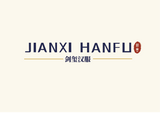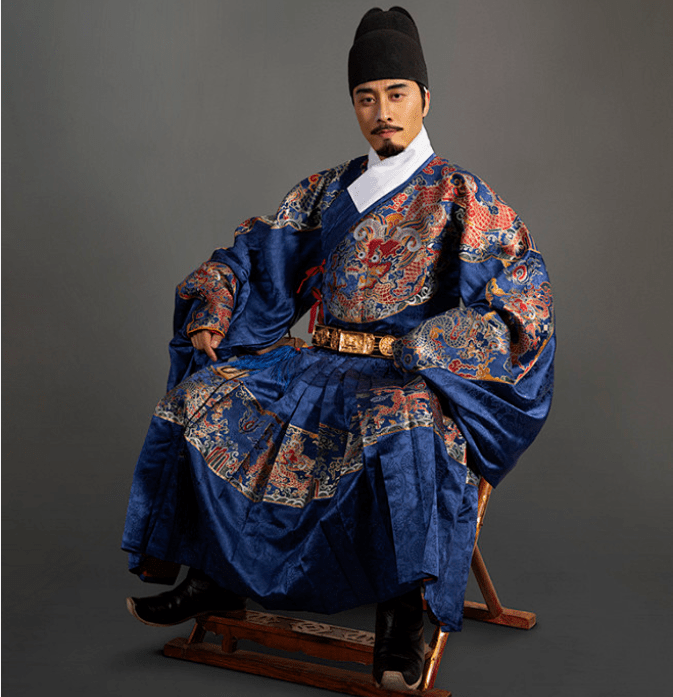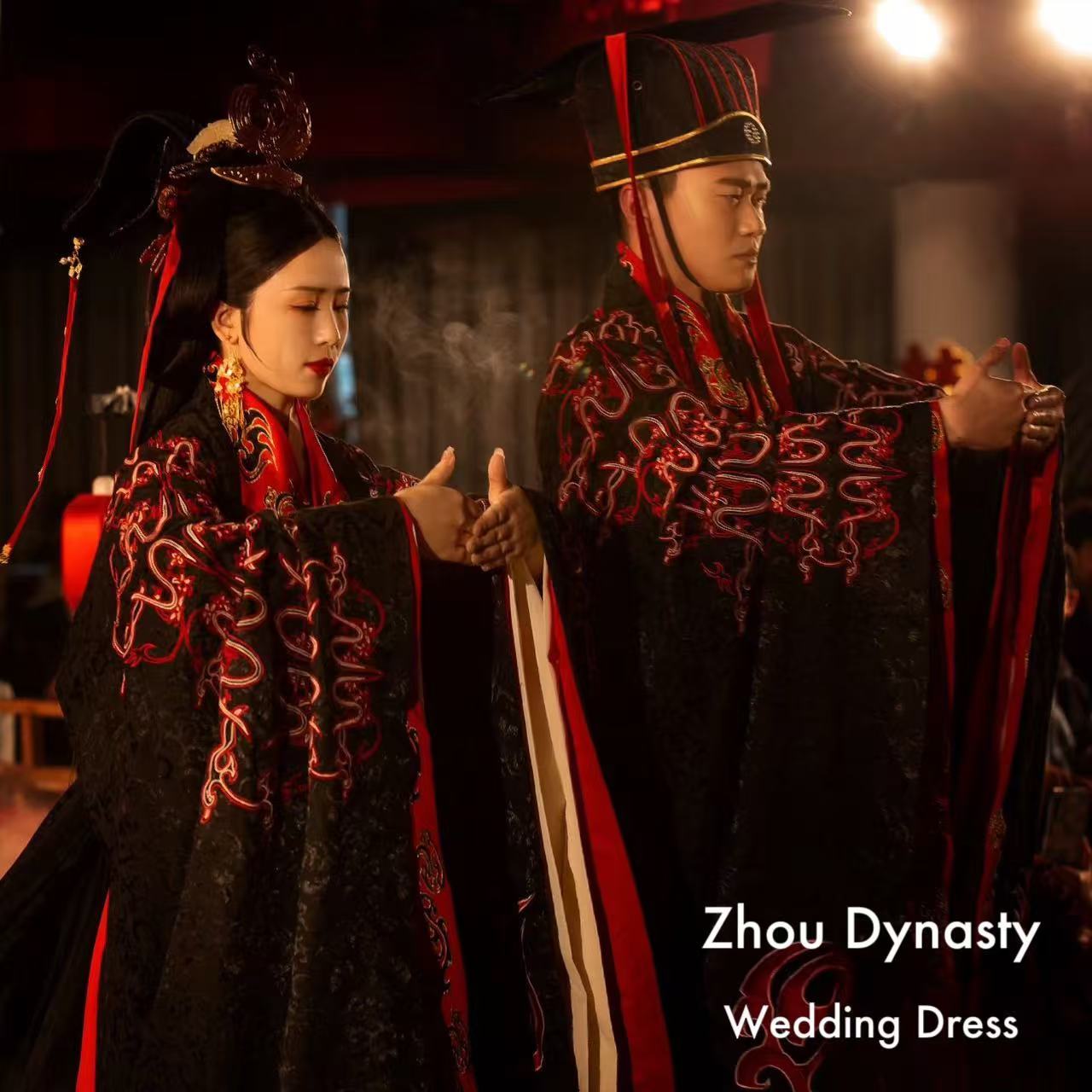Introduction
The Ming Dynasty (1368 - 1644) in China is renowned for its rich cultural heritage, and this is vividly reflected in the wedding attire of its women. The wedding attire of Ming - dynasty women not only showcases the fashion trends of the time but also embodies the social values, cultural traditions, and aesthetic concepts of the dynasty. This article delves deep into the various aspects of Ming - dynasty women's wedding attire, exploring its components, materials, colors, patterns, and the cultural significance behind them.
I. The Components of Ming - dynasty Women's Wedding Attire
A. The Phoenix Crown
The Phoenix Crown is one of the most iconic elements of Ming - dynasty women's wedding attire. It is a headpiece that symbolizes the noble status of the bride.
- Structure and Design
- The Phoenix Crown is typically made of precious metals such as gold or silver. It is adorned with various ornaments. The crown features a series of phoenix - shaped decorations, which are often intricately carved. The phoenixes are depicted in a lifelike manner, with their wings spread wide, as if ready to take flight.
- In addition to phoenixes, the crown may also incorporate other auspicious elements such as dragons, pearls, and gemstones. These elements are arranged in a harmonious manner to create a visually stunning effect.

- Symbolism
- The phoenix is regarded as a symbol of femininity, grace, and good fortune in Chinese culture. In the context of a wedding, the Phoenix Crown represents the bride's noble and auspicious status. It is believed that wearing the Phoenix Crown can bring blessings and happiness to the newly - weds.
B. The Xi - pi(XIAPEI)
The Xi - pi, or the wedding jacket, is another crucial component of the wedding attire.
- Style and Cut
- The Xi - pi is usually long - sleeved and reaches down to the knees or even lower. It has a straight - cut silhouette, which gives it a formal and elegant appearance. The front of the jacket is fastened with buttons or ties, and the collar is often high, giving a sense of modesty.
- Embroidery and Decoration
- The Xi - pi is lavishly embroidered with various patterns. The most common patterns include peonies, lotuses, and other flowers, which symbolize beauty, prosperity, and purity. In addition to flowers, there may also be embroidery of birds, butterflies, and other small animals, adding a touch of liveliness to the attire.
- Gold and silver threads are often used in the embroidery to enhance the luxurious feel of the Xi - pi. The embroidery is usually done with great precision, showcasing the superb craftsmanship of the time.

C.The horse - face skirt (Mamian skirt)
Mamian skirt or the horse - face skirt, is an essential part of the lower - body attire.
- Structure
- The Mamian skirt
 cons sts of multiple panels. The front and back panels are usually wider, while the side panels are narrower, creating a distinctive shape. The skirt is pleated, and the pleats are evenly arranged, giving it a structured and voluminous look.
cons sts of multiple panels. The front and back panels are usually wider, while the side panels are narrower, creating a distinctive shape. The skirt is pleated, and the pleats are evenly arranged, giving it a structured and voluminous look.
- The Mamian skirt
- Decorative Features
- The skirt is decorated with various patterns, either through embroidery or printing. Some common patterns include auspicious clouds, waves, and traditional Chinese motifs. The edges of the skirt are often trimmed with lace or ribbons, adding a delicate touch to the overall appearance.
II. Materials Used in Ming - dynasty Women's Wedding Attire
A. Silk
Silk is the predominant material used in Ming - dynasty wedding attire.
- Types of Silk
- There are several types of silk used, including brocade, damask, and satin. Brocade is highly valued for its rich and colorful patterns. It is woven with complex techniques, resulting in a thick and luxurious fabric. Damask features a subtle pattern that is created through a special weaving method. The pattern appears on one side of the fabric while the other side remains relatively plain. Satin has a smooth and shiny surface, giving the wedding attire a glossy and elegant look.
- Significance of Silk
- Silk is considered a symbol of wealth and status in Chinese society. Its use in wedding attire reflects the importance of the wedding occasion and the social standing of the bride's family. Moreover, silk is known for its durability and comfort, making it an ideal choice for such an important event.
B. Fur
Fur is sometimes used in the winter wedding attire to provide warmth.
- Types of Fur
- Common types of fur used include fox fur, mink fur, and rabbit fur. Fox fur is highly prized for its long and soft texture. It is often used to trim the edges of jackets or to make collars. Mink fur is known for its smooth and sleek appearance, and it is used in a similar way as fox fur. Rabbit fur is more affordable and is used in cases where cost - effectiveness is a consideration.
- Cultural Perception of Fur
- In the Ming Dynasty, the use of fur was regulated by social status. The upper - class families could afford and were allowed to use high - quality furs, while the lower - class people had more limited access to fur - trimmed clothing. In the context of wedding attire, fur added a touch of luxury and indicated the family's social status.
III. Colors and Their Symbolism
A. Red

Red is the most prominent color in Ming - dynasty women's wedding attire.
- Cultural Significance
- In Chinese culture, red symbolizes happiness, prosperity, and good fortune. It is believed to ward off evil spirits. In the context of a wedding, red represents the joy and celebration of the union of two people. The bride is typically dressed in red from head to toe, including the Phoenix Crown, Xi - pi, and Ma - mian - qun.
- Shades of Red
- Different shades of red are used. The deep, vibrant red is often used for the main body of the attire, while lighter shades of red may be used for decorative elements such as embroidery or ribbons. The combination of different shades of red creates a rich and harmonious color palette.
B. Green

Green is also an important color in Ming - dynasty wedding attire, especially when used in combination with red.
- Symbolic Meaning
- Green symbolizes growth, vitality, and harmony. When paired with red, it represents the balance between yin and yang, the male and female principles. In some wedding attires, the bride may wear a green skirt with a red jacket, creating a visually striking and symbolically meaningful combination.
IV. Patterns and Their Meanings
A. Peonies
Peonies are one of the most common patterns in Ming - dynasty women's wedding attire.
- Symbolic Significance
- Peonies are known as the "king of flowers" in Chinese culture. They symbolize wealth, prosperity, and honor. In the wedding attire, the presence of peony patterns indicates the hope for a prosperous and honorable married life.
- Design Variations
- Peonies are depicted in various ways. They can be embroidered in a realistic style, showing the petals and leaves in great detail. Alternatively, they can be stylized into more abstract forms, with simple lines and shapes still conveying the essence of the peony.
B. Auspicious Clouds
Auspicious clouds are another popular pattern.
- Cultural Connotations
- Auspicious clouds are regarded as symbols of good fortune and blessings. They are associated with the heavens and are believed to bring divine protection to the wearer. In the wedding attire, auspicious clouds are often used to decorate the edges of skirts or the sleeves of jackets.
- Design Elements
- The design of auspicious clouds is usually flowing and graceful. They are depicted with soft curves and are sometimes combined with other elements such as dragons or phoenixes to enhance their auspicious meaning.

V. The Cultural Significance of Ming - dynasty Women's Wedding Attire
A. Social Status and Family Honor
The wedding attire of Ming - dynasty women is a reflection of the bride's social status and the honor of her family.
- Display of Wealth
- The elaborate designs, use of precious materials, and luxurious decorations of the wedding attire all demonstrate the wealth of the bride's family. A grand and opulent wedding attire indicates that the family is well - off and can afford to provide a lavish wedding for their daughter.
- Social Hierarchy
- The style and materials of the wedding attire are also regulated by social hierarchy. The imperial family and high - ranking officials' daughters would have wedding attires that were distinctively different from those of commoners. For example, the imperial brides might have Phoenix Crowns made with the rarest gemstones and the finest gold, while common - folk brides would have more modest versions.
B. Traditional Values and Cultural Heritage
The wedding attire embodies traditional Chinese values and cultural heritage.
- Virtues of Women
- The modest and elegant design of the wedding attire reflects the traditional virtues expected of women in Chinese society, such as modesty, grace, and propriety. The high collars and long sleeves of the Xi - pi, for example, are manifestations of these virtues.
- Cultural Continuity
- The use of traditional patterns such as peonies, auspicious clouds, and the choice of colors like red and green all show the continuity of Chinese cultural traditions. These elements have been passed down through generations and are deeply rooted in the cultural identity of the Chinese people.
VI. The Influence of Ming - dynasty Women's Wedding Attire on Later Periods
A. Qing Dynasty
The Qing Dynasty, which followed the Ming Dynasty, was influenced by Ming - dynasty wedding attire to some extent.
- Retention of Some Elements
- Although the Qing Dynasty had its own distinct ethnic clothing styles, some elements of Ming - dynasty wedding attire were retained. For example, the use of red in wedding clothing continued, and some of the embroidery techniques and patterns were adopted and adapted to suit the new fashion trends of the Qing Dynasty.
- Adaptation and Transformation
- The Qing Dynasty also made some changes to the wedding attire. For instance, due to the influence of Manchu culture, the structure of the clothing became more complex, and new decorative elements were added. However, the underlying symbolic meanings of certain colors and patterns still remained.
B. Modern Times
In modern times, Ming - dynasty women's wedding attire has inspired contemporary Chinese wedding fashion.
- Revival of Traditional Styles
- In recent years, there has been a revival of interest in traditional Chinese wedding attire. Many modern Chinese brides choose to incorporate elements of Ming - dynasty wedding attire into their wedding outfits. This includes wearing Phoenix Crown - like headpieces or having red Xi - pi - style jackets with traditional embroidery.
- Fusion with Modern Design
- Designers have also been creating new wedding dresses that blend the elegance of Ming - dynasty wedding attire with modern design concepts. They may use modern fabrics and cutting techniques while still maintaining the traditional colors, patterns, and symbolic meanings, creating a unique and stylish look for modern brides.
Conclusion
The wedding attire of Ming - dynasty women is a rich tapestry of cultural, social, and artistic elements. Its components, materials, colors, and patterns all carry deep - seated meanings and reflect the values and aesthetics of the Ming Dynasty. From the majestic Phoenix Crown to the elegantly embroidered Xi - pi and the beautifully patterned Ma - mian - qun, every aspect of the wedding attire is a testament to the craftsmanship and cultural heritage of the time. Moreover, its influence extends beyond the Ming Dynasty itself, leaving an indelible mark on the wedding fashion of subsequent eras and even inspiring modern - day wedding designs. It is a cultural treasure that continues to shine with its timeless elegance.





